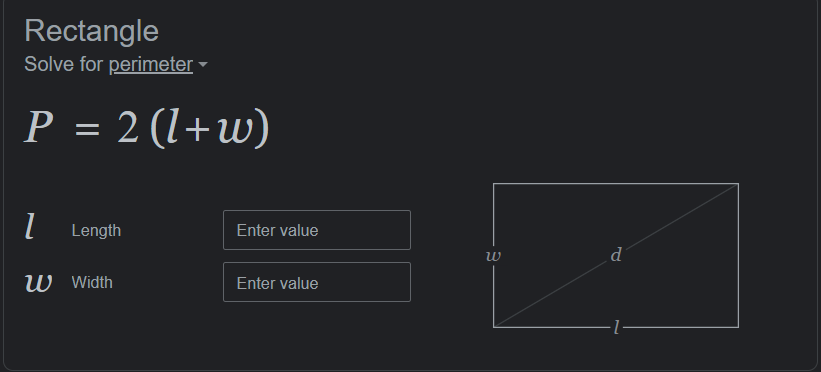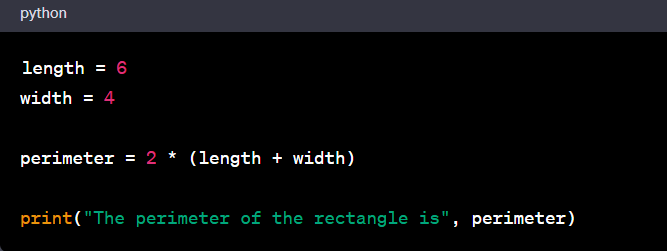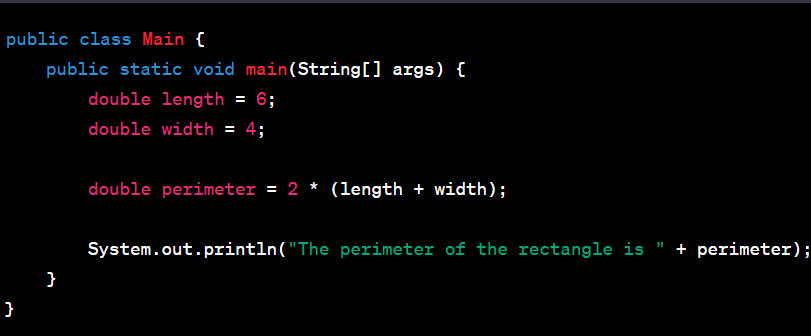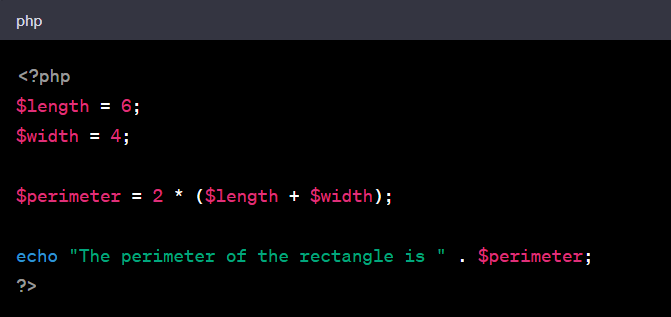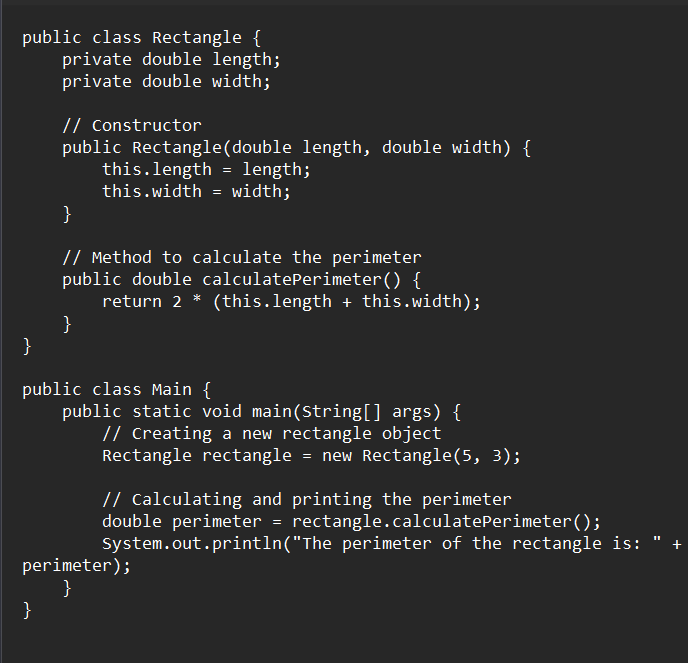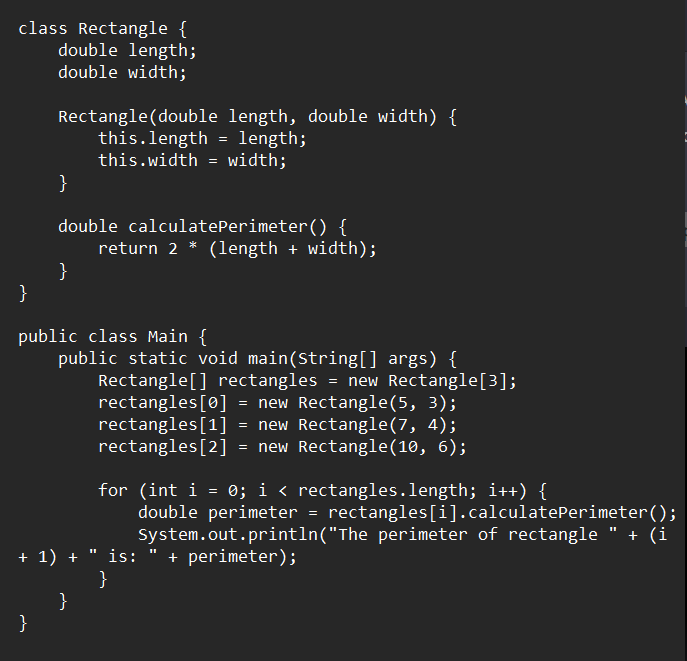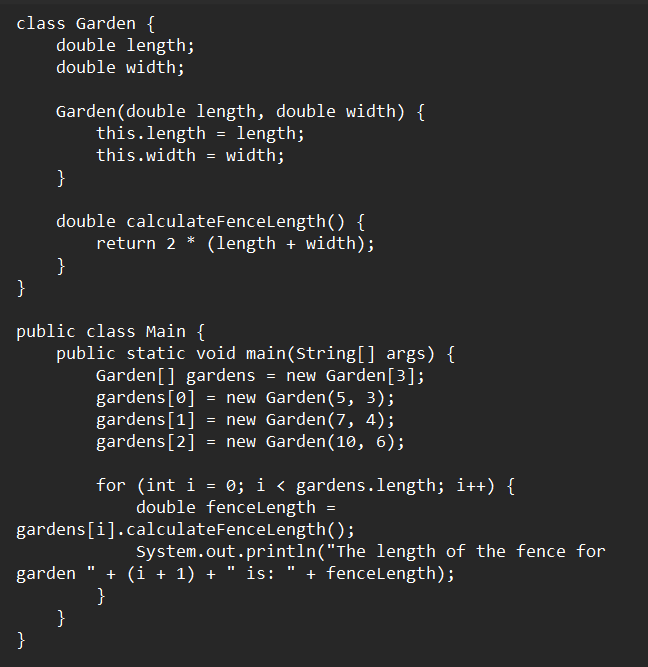For working professionals
For fresh graduates
- Study abroad
More
- Executive Doctor of Business Administration from SSBM
- Doctorate in Business Administration by Edgewood College
- Doctorate of Business Administration (DBA) from ESGCI, Paris
- Doctor of Business Administration From Golden Gate University
- Doctor of Business Administration from Rushford Business School, Switzerland
- Post Graduate Certificate in Data Science & AI (Executive)
- Gen AI Foundations Certificate Program from Microsoft
- Gen AI Mastery Certificate for Data Analysis
- Gen AI Mastery Certificate for Software Development
- Gen AI Mastery Certificate for Managerial Excellence
- Gen AI Mastery Certificate for Content Creation
- Post Graduate Certificate in Product Management from Duke CE
- Human Resource Analytics Course from IIM-K
- Directorship & Board Advisory Certification
- Gen AI Foundations Certificate Program from Microsoft
- CSM® Certification Training
- CSPO® Certification Training
- PMP® Certification Training
- SAFe® 6.0 Product Owner Product Manager (POPM) Certification
- Post Graduate Certificate in Product Management from Duke CE
- Professional Certificate Program in Cloud Computing and DevOps
- Python Programming Course
- Executive Post Graduate Programme in Software Dev. - Full Stack
- AWS Solutions Architect Training
- AWS Cloud Practitioner Essentials
- AWS Technical Essentials
- The U & AI GenAI Certificate Program from Microsoft
1. Introduction
6. PyTorch
9. AI Tutorial
10. Airflow Tutorial
11. Android Studio
12. Android Tutorial
13. Animation CSS
16. Apex Tutorial
17. App Tutorial
18. Appium Tutorial
21. Armstrong Number
22. ASP Full Form
23. AutoCAD Tutorial
27. Belady's Anomaly
30. Bipartite Graph
35. Button CSS
39. Cobol Tutorial
46. CSS Border
47. CSS Colors
48. CSS Flexbox
49. CSS Float
51. CSS Full Form
52. CSS Gradient
53. CSS Margin
54. CSS nth Child
55. CSS Syntax
56. CSS Tables
57. CSS Tricks
58. CSS Variables
61. Dart Tutorial
63. DCL
65. DES Algorithm
83. Dot Net Tutorial
86. ES6 Tutorial
91. Flutter Basics
92. Flutter Tutorial
95. Golang Tutorial
96. Graphql Tutorial
100. Hive Tutorial
103. Install Bootstrap
107. Install SASS
109. IPv 4 address
110. JCL Programming
111. JQ Tutorial
112. JSON Tutorial
113. JSP Tutorial
114. Junit Tutorial
115. Kadanes Algorithm
116. Kafka Tutorial
117. Knapsack Problem
118. Kth Smallest Element
119. Laravel Tutorial
122. Linear Gradient CSS
129. Memory Hierarchy
133. Mockito tutorial
134. Modem vs Router
135. Mulesoft Tutorial
136. Network Devices
138. Next JS Tutorial
139. Nginx Tutorial
141. Octal to Decimal
142. OLAP Operations
143. Opacity CSS
144. OSI Model
145. CSS Overflow
146. Padding in CSS
148. Perl scripting
149. Phases of Compiler
150. Placeholder CSS
153. Powershell Tutorial
158. Pyspark Tutorial
161. Quality of Service
162. R Language Tutorial
164. RabbitMQ Tutorial
165. Redis Tutorial
166. Redux in React
167. Regex Tutorial
170. Routing Protocols
171. Ruby On Rails
172. Ruby tutorial
173. Scala Tutorial
175. Shadow CSS
178. Snowflake Tutorial
179. Socket Programming
180. Solidity Tutorial
181. SonarQube in Java
182. Spark Tutorial
189. TCP 3 Way Handshake
190. TensorFlow Tutorial
191. Threaded Binary Tree
196. Types of Queue
197. TypeScript Tutorial
198. UDP Protocol
202. Verilog Tutorial
204. Void Pointer
205. Vue JS Tutorial
206. Weak Entity Set
207. What is Bandwidth?
208. What is Big Data
209. Checksum
211. What is Ethernet
214. What is ROM?
216. WPF Tutorial
217. Wireshark Tutorial
218. XML Tutorial
Perimeter of A Rectangle
Introduction
Programming languages are not just tools for creating complex software systems; they can also be applied to solve a variety of everyday problems. One such application is performing geometric calculations.
The computation of the perimeter of a rectangle is a basic geometric operation. It's a concept taught early in our education, and it has clear applications in a range of fields, from architecture and engineering to graphic design and game development.
In this guide, we'll first understand the formula used to calculate a rectangle's perimeter and then translate it into Java code. We'll walk through the process step by step, discussing key Java concepts along the way, and provide you with a robust and reusable piece of code for this task.
Whether you're a seasoned Java programmer or a beginner eager to learn, this guide will prove valuable in your coding journey.
What is the Perimeter of a Rectangle?
The perimeter of a rectangle refers to the total distance around the edge or boundary of the rectangle. It's a measure of the total length that encloses the rectangular space.
In mathematical terms, the perimeter (P) of a rectangle can be calculated using the formula:
P = 2 * (length + width)
Here, length and width are the lengths of the two different sides of the rectangle.
Let's consider an example. Suppose we have a rectangle whose length is 6 units and width is 4 units. Applying the formula, the perimeter of this rectangle would be:
P = 2 * (6 + 4) = 2 * 10 = 20 units.
Thus, if you were to walk around the edge of this rectangle, you'd cover a total distance of 20 units.
In Java, we can compute this by creating variables for length and width, assigning them the respective values, and then applying the formula in our code to get the perimeter.
The Perimeter Of A Rectangle Keywords Calculator
Creating a "Perimeter of a Rectangle" calculator in Java involves using variables to store the length and width of the rectangle and then using the formula for calculating the perimeter (2 * (length + width)) in your code. Here's a simple example of how you could use this:
In this code:
- We first import the Scanner class from java.util package to take user inputs.
- Inside the main method, we create an instance of the Scanner class.
- We ask the user to enter the length and width of the rectangle, which are stored in the length and width variables, respectively.
- We calculate the perimeter using the formula 2 * (length + width) and store the result in the perimeter variable.
- Finally, we print out the result on the console.
Output
In this interaction, the user entered 6 when prompted for the rectangle's length and 4 for the rectangle's width. The program then calculated the perimeter using the formula 2 * (length + width), which resulted in 20.0, and printed this value to the console.
Java Program to Find out the Area and Perimeter of a Rectangle Using Class Concept
You can create a Rectangle class in Java that can be used to represent a rectangle and calculate its area and perimeter.
Below is an example:
In this code:
- A Rectangle class is defined with two instance variables, length, and width.
- The Rectangle constructor takes the length and width as parameters and initializes the instance variables.
- The calculatePerimeter method returns the perimeter of the rectangle (2 * (length + width)).
- The calculateArea method returns the area of the rectangle (length * width).
In the main method, a Rectangle object is created with a length of 6 and a width of 4. The calculatePerimeter and calculateArea methods are then called on this object to compute the perimeter and area, respectively, printed to the console.
When you run this program, it outputs:
Program to Find The Perimeter of The Rectangle
The perimeter of a rectangle can be found by the formula 2 * (length + width).
Algorithm:
- Declare two variables, length and width.
- Assign values to these variables.
- Calculate the perimeter using the formula 2 * (length + width).
- Print the perimeter.
Complexity:
The complexity of this program is O(1), which means it runs in constant time. It doesn't matter how big the input values are; the program will always perform the same number of operations.
Solution:
Now, let's see how to implement this in various programming languages:
1. Python:
2. Java:
3. C#:
4. PHP:
All of these codes follow the same algorithm and the output will be:
Applications of Perimeter of Rectangle
The concept of calculating a rectangle's perimeter in Java is a fundamental one that can be applied to a wide range of real-world problems. Here are a couple of examples:
1. GUI (Graphical User Interface) Development:
In GUI development, the dimensions of various rectangular elements (such as buttons, text boxes, frames, etc.) must be handled. For certain design purposes, you might want to calculate the perimeter of these elements. For example, you could use the perimeter value to control the size of an interactive border or margin around a specific element.
2. Game Development:
In game development, the calculation of a rectangle's perimeter might be used for collision detection. If a game object represented by a rectangle comes into contact with the boundary of a game area (also a rectangle), an event could be triggered (like the object bouncing back).
Coding example in Java:
Let's take a look at how you might implement a rectangle perimeter calculator in Java:
When you run the above program, it creates a Rectangle object with a length of 5 and width of 3, then calculates and prints the rectangle's perimeter.
Output
The perimeter is calculated as 2 * (length + width), where the length is 5, and the width is 3. Thus, the output is 2 * (5 + 3) = 16.0.
Applications of Area of Rectangle
Suppose we're building an application to help real estate developers plan their plots of land. The developers need to know the area of different rectangular plots to estimate the number of buildings they can place on each plot.
Here is a simple Java class representing a land plot and a method to calculate its area.
In this program, a LandPlot object is created with a length of 50 units and a width of 30 units. The program calculates the area by multiplying the length by the width and outputs the result. Developers can then use this information to plan their buildings.
The area is calculated as length * width, where the length is 50 units and the width is 30 units. Thus, the output is 50 * 30 = 1500.0 square units.
Solved Examples on the Perimeter of a Rectangle
Let's consider an example where you want to create a Java program to calculate the perimeter of multiple rectangles and print the results.
In this code, we first define a Rectangle class with a constructor and a calculatePerimeter method. In the main method, we create an array of Rectangle objects with different dimensions. We then loop over this array, calculate the perimeter for each rectangle using the calculatePerimeter method, and print the results.
When you run this program, you will get the following output:
Building a fence around a garden
Imagine you're developing a Java application for a gardening company. They offer a service where they build fences around gardens. The fences are priced per unit length, so they need to calculate the total length of the fence needed for each garden.
The gardens are rectangular, so the length of the fence required will be the perimeter of the rectangle representing the garden. Here's how you might implement this in Java:
In this program, we first define a Garden class with a constructor and a calculateFenceLength method (which essentially calculates the perimeter of the rectangle representing the garden).
In the main method, we create an array of Garden objects with different dimensions. We then loop over this array, calculate the fence length for each garden using the calculateFenceLength method, and print the results.
Output
Conclusion
Calculating the perimeter of a rectangle is a fundamental concept in mathematics and is widely applied in programming. Understanding how to implement this calculation in Java allows us to solve various real-world problems, from planning the layout of GUI components to estimating the amount of fencing needed for a garden.
The flexibility of Java, its object-oriented nature, and clear syntax make these implementations simple and intuitive. As we have seen, the ability to encapsulate the properties of a rectangle in a class and the calculation of the perimeter in a method make our code reusable and easy to understand.
This exploration of the concept has been a testament to the power of computational thinking and the practical applications of mathematical concepts in software development.
FAQs
1. How can Java handle irregular shapes or curves?
Java provides many libraries, such as JavaFX and AWT, for handling graphics and creating custom shapes. These libraries include methods for drawing irregular shapes and curves. However, calculating the perimeter of such shapes can be more complex and might require additional mathematical concepts like integration.
2. Can the concepts of calculating area and perimeter be used in 3D modeling in Java?
Java has several libraries, like Java 3D, that can create and manipulate 3D models. While the concepts of area and perimeter are specific to 2D shapes, their 3D counterparts - surface area and volume - can be calculated similarly and are often used in 3D modeling.
3. I'm planning to build a Java application that needs to handle many rectangles. Is there a way to optimize the calculations of area and perimeter?
If the dimensions of your rectangles don't change frequently, you could optimize your application by calculating the area and perimeter when a rectangle is created and storing the results. Then, you can access these values directly when needed rather than recalculating them each time.
4. Can the calculation of area and perimeter be performed in parallel to improve performance in Java?
Java supports multithreading, so you can perform calculations in parallel if required. However, for simple calculations like area and perimeter, the overhead of creating and managing threads might outweigh the performance benefits of parallelization.
For more complex calculations or large data sets, parallel processing could significantly improve performance.

Author|900 articles published


upGrad Learner Support
Talk to our experts. We are available 7 days a week, 9 AM to 12 AM (midnight)
Indian Nationals
1800 210 2020
Foreign Nationals
+918068792934
Disclaimer
1.The above statistics depend on various factors and individual results may vary. Past performance is no guarantee of future results.
2.The student assumes full responsibility for all expenses associated with visas, travel, & related costs. upGrad does not provide any a.

